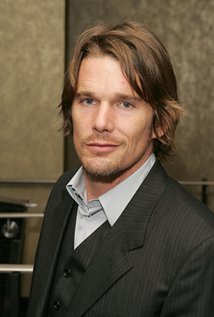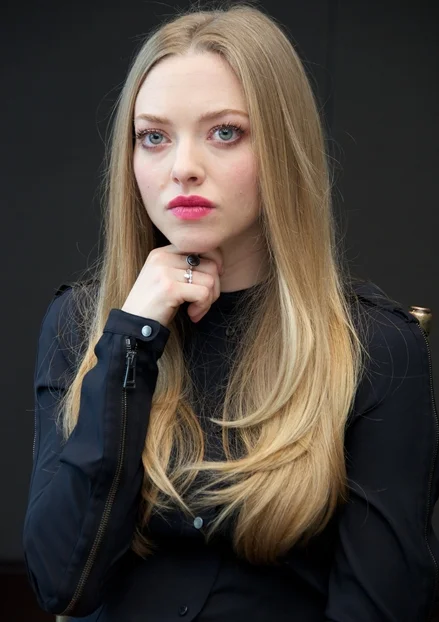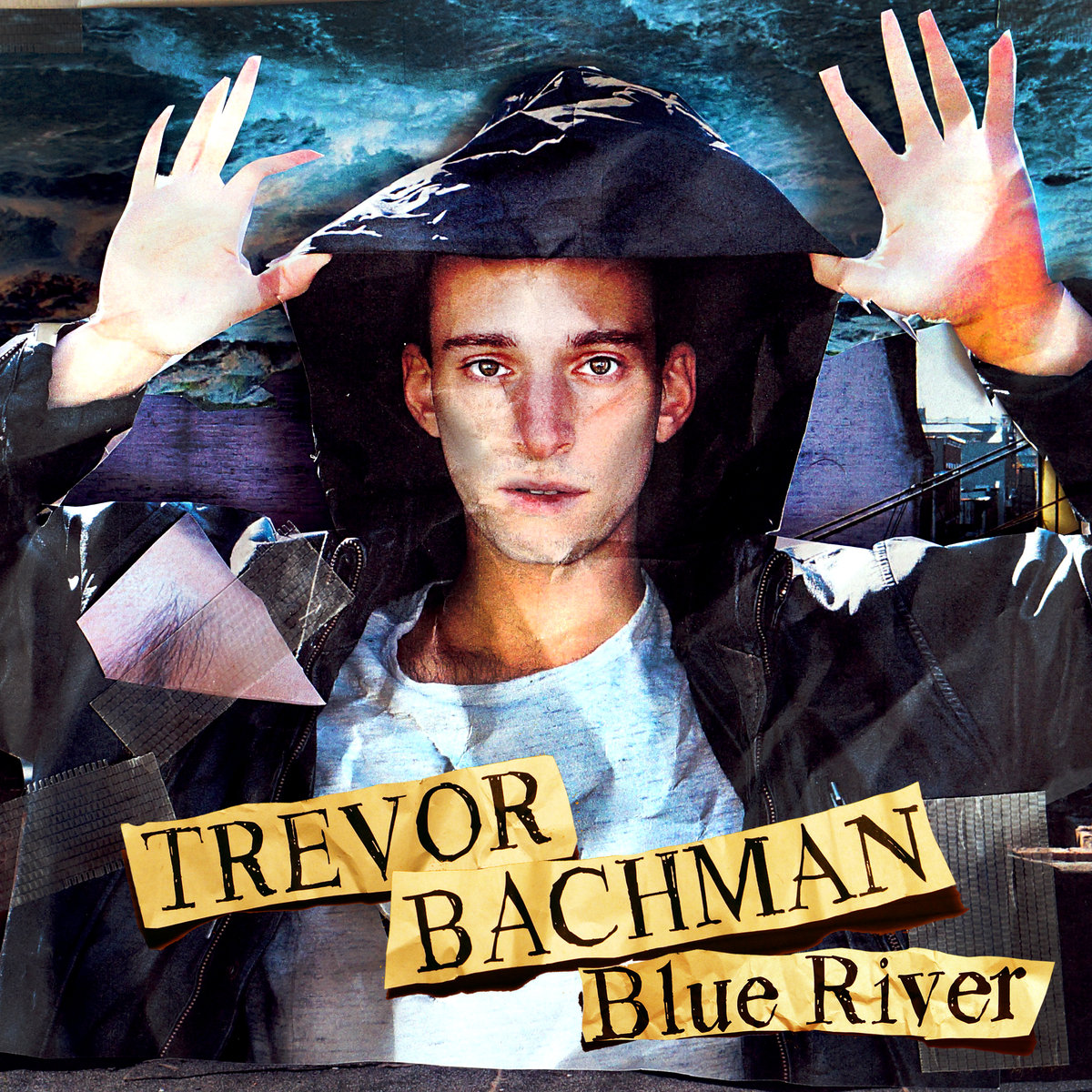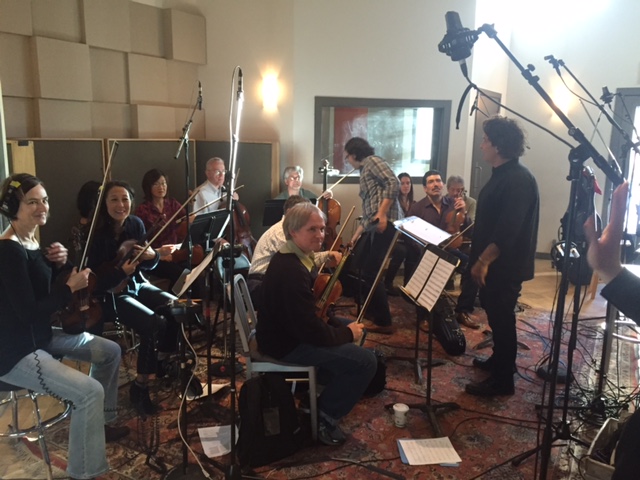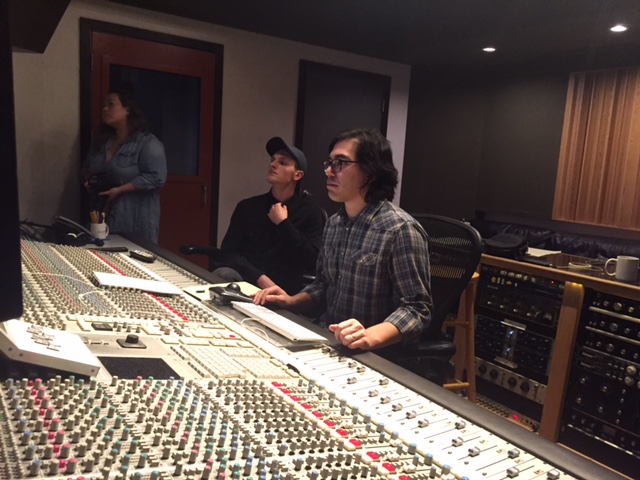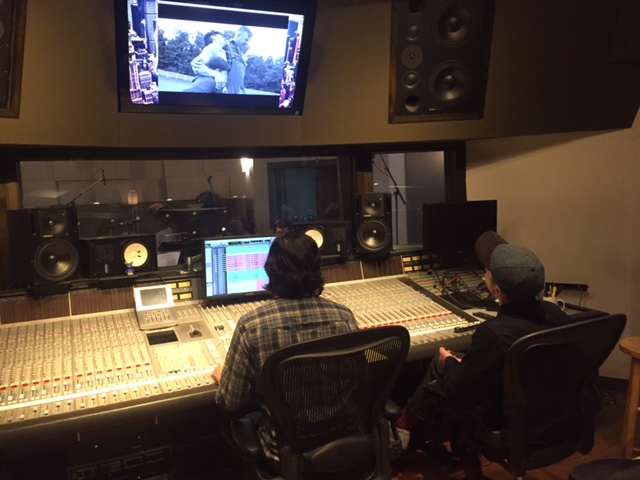Last December, Dubway had the pleasure of providing the audio recording for another installment of the Live from Artists Den series. Engineer Sam Palumbo, assisted by intern Bea Go, went to the historic Riverside Church in Harlem, NY to record John Legend's performance and interview. Dubway engineer Chris Camilleri is mixing the music for the episode.
The Artists Den is a critically acclaimed television and digital music series best known for presenting small, secret concerts by extraordinary artists in non-traditional, often historic settings for the TV broadcast. Live from the Artists Den is broadcasted nationally on public television, and internationally in the United Kingdom, Japan, Germany, Australia, Canada, Israel, and Latin America. Dubway has recorded audio for the series' previous episodes featuring Imagine Dragons, The Lumineers, The Killers, Marina and the Diamonds, and Sara Bareilles.
John Legend is a ten-time Grammy Award winning R&B and soul recording artist, Oscar and Golden Globe winner, and critically acclaimed concert performer, philanthropist/social activist, and was named one of Time Magazineʼs 100 Most Influential People. Legend has released four studio albums to date, and has been hailed as one of the industry’s most innovative artists. John Legend’s latest album "Darkness and Light" was released on Columbia Records on Friday, December 2nd.
Stay tuned for the premiere of the episode in 2017.































